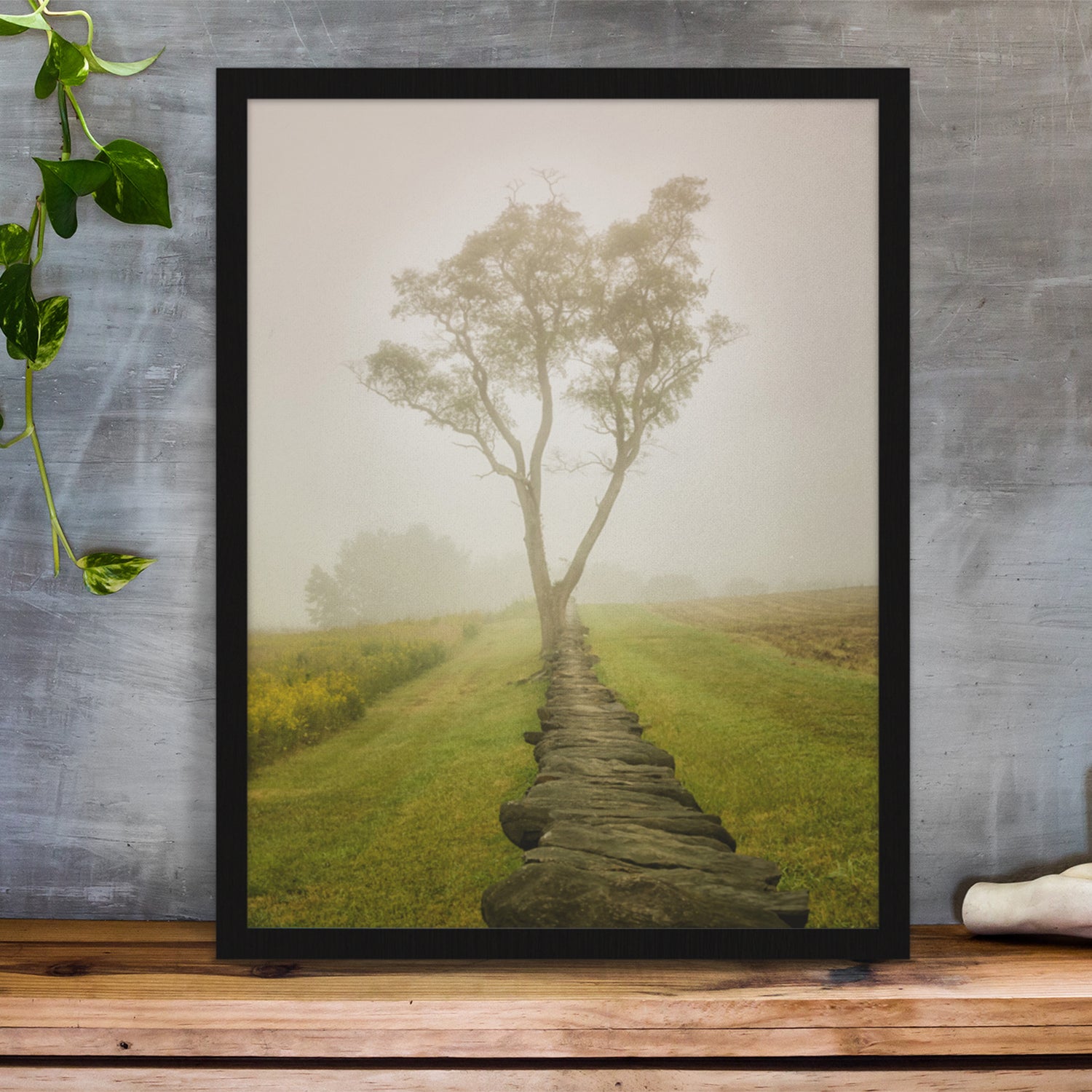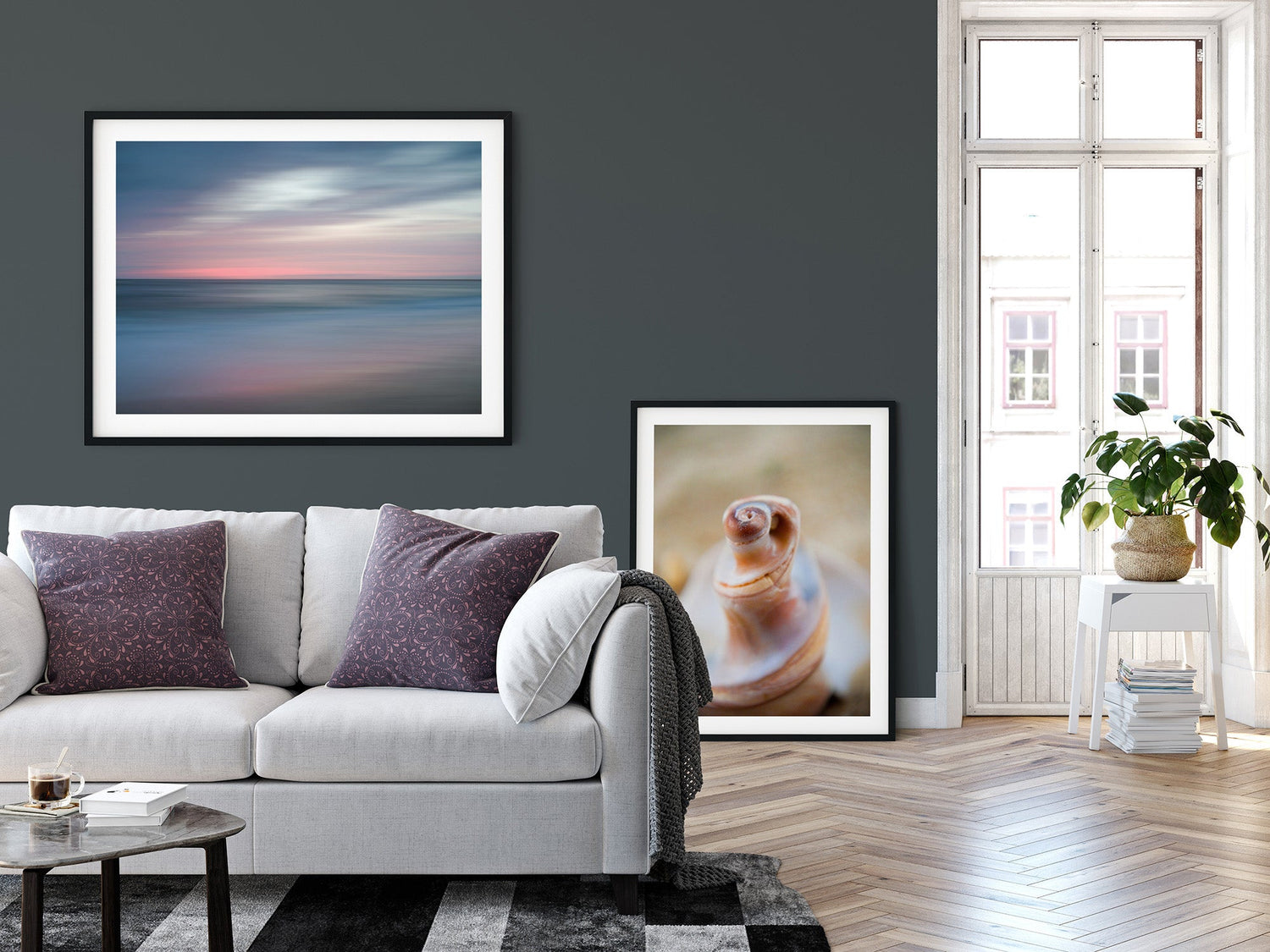We've all been there: craning our necks to examine the brushstrokes of a tiny miniature or stepping back to take in the grandeur of a massive mural. The experience of art is deeply intertwined with our physical interaction with it, and a crucial element of that interaction is viewing distance. But how do we determine the "right" distance to appreciate a piece of art? Is there a formula, a rule of thumb, or is it all a matter of personal preference? While individual tastes certainly play a role, understanding the principles of viewing distance can significantly enhance our engagement with art, allowing us to truly appreciate the artist's intent and the nuances of the work.
This exploration of viewing distances will delve into the factors that influence our perception of art, providing a framework for understanding how size, medium, style, and even the surrounding environment impact the ideal distance for viewing.
The Intimacy of Scale: Small Works, Close Encounters
Small artworks, such as miniatures, jewelry, or small prints, invite close inspection. Their diminutive size necessitates a closer viewing distance, drawing the viewer into a more intimate relationship with the piece. This proximity allows us to appreciate the intricate details, delicate brushwork, and subtle textures that might be lost at a greater distance. Think of the meticulous detail of a Renaissance illuminated manuscript or the delicate brushstrokes of a Japanese netsuke. These works are designed to be explored up close, rewarding the viewer with a wealth of detail and craftsmanship.
Advertisement
The experience of viewing small art is often described as intimate and personal. It's a one-on-one encounter, a quiet conversation between the viewer and the artwork. The closer proximity allows for a deeper connection, fostering a sense of wonder and appreciation for the artist's skill.
The Grandeur of Scale: Large Works, Panoramic Views

In contrast, large-scale artworks, like murals, monumental sculptures, or expansive canvases, demand a greater viewing distance. These works are designed to overwhelm the viewer, creating an immersive experience that engages the entire field of vision. Think of Michelangelo's Sistine Chapel ceiling or the vast landscapes of the Hudson River School. These artworks are meant to be seen from afar, allowing the viewer to take in the overall composition, the interplay of colors, and the sheer scale of the work.
Stepping back from a large artwork allows the viewer to appreciate the artist's grand vision. The distance allows the elements of the composition to coalesce, revealing the overall narrative or theme. It's a panoramic experience, a feast for the eyes that engages both the visual and emotional senses.

Beyond Size: Factors Influencing Viewing Distance
While size is a primary factor in determining viewing distance, it's not the only consideration. Several other elements contribute to the ideal distance for appreciating a work of art:
- Medium: Different mediums have different visual characteristics that affect viewing distance. For example, impasto oil paintings, with their thick layers of paint, often benefit from a closer viewing distance to appreciate the texture and brushwork. Conversely, a smooth, highly detailed photorealistic painting might be viewed from a slightly greater distance to appreciate the overall illusion of reality.
- Style: The artistic style also plays a significant role. Impressionist paintings, with their loose brushstrokes and emphasis on light and color, often benefit from a slightly greater distance to allow the colors to blend and the image to coalesce. Surrealist paintings, with their dreamlike imagery and intricate details, often invite closer inspection to decipher the symbolic meaning.
- Subject Matter: The subject matter of the artwork can also influence viewing distance. A portrait might invite a closer view to appreciate the nuances of the sitter's expression, while a landscape painting might be viewed from a greater distance to appreciate the vastness of the scene.
- Lighting: The lighting conditions in the environment can also affect how we perceive art. A painting lit from the side might reveal more texture and depth than one lit from the front. The intensity and color of the light can also impact our perception of the colors in the artwork.
- Environment: The surrounding environment can also play a role. A painting displayed in a large, open gallery might be viewed from a greater distance than one displayed in a small, intimate room. The background color and texture of the wall can also affect how we perceive the artwork.

Source Amazon Handmade: Oil Painting on Canvas Texture Blue Ocean scenery
The "Sweet Spot": Finding the Optimal Distance
So, how do we find the "sweet spot," the optimal viewing distance for a particular artwork? While there's no magic formula, a few guidelines can help:
- Start with the artist's intent: Consider the artist's intentions. What are they trying to communicate? What emotions are they trying to evoke? Understanding the artist's goals can provide clues about the ideal viewing distance.
- Experiment with distance: Don't be afraid to move closer and farther away from the artwork. Observe how the image changes as you alter your distance. Notice how the details emerge and the composition shifts.
- Consider the scale: As a general rule, smaller works are viewed from closer distances, while larger works are viewed from farther away. However, remember that this is just a starting point.
- Pay attention to detail: If the artwork is rich in detail, move closer to appreciate the intricacies of the brushwork, texture, and composition.
- Consider the overall impression: Step back to take in the overall impression of the artwork. How does the composition work as a whole? What is the overall mood or feeling?
- Trust your instincts: Ultimately, the best viewing distance is the one that feels most comfortable and allows you to connect with the artwork on a personal level.
Beyond the Physical: The Psychological Impact of Viewing Distance
Viewing distance is not just a physical phenomenon; it also has a psychological impact on our experience of art. Close proximity can create a sense of intimacy and connection, while greater distance can foster a sense of awe and wonder. The distance we choose to view a work of art can influence our emotional response, our interpretation of the artwork's meaning, and our overall appreciation of the artist's skill.
Conclusion: A Dialogue Between Viewer and Art
The act of viewing art is a dialogue between the viewer and the artwork. Viewing distance is a crucial element of this dialogue, shaping our perception and influencing our understanding. By understanding the factors that affect viewing distance, we can enhance our engagement with art, allowing us to fully appreciate the artist's vision and the nuances of the work. So, the next time you encounter a piece of art, take a moment to consider your viewing distance. Experiment, explore, and discover the "sweet spot" that allows you to connect with the artwork on the deepest level. You might be surprised at how much your experience is transformed.












